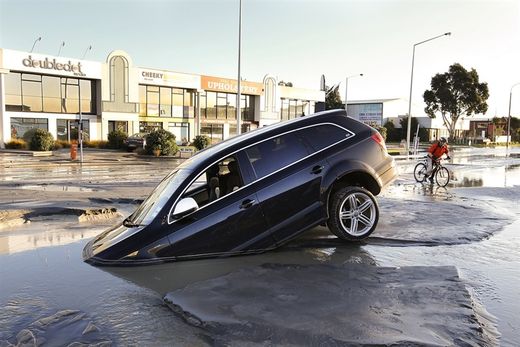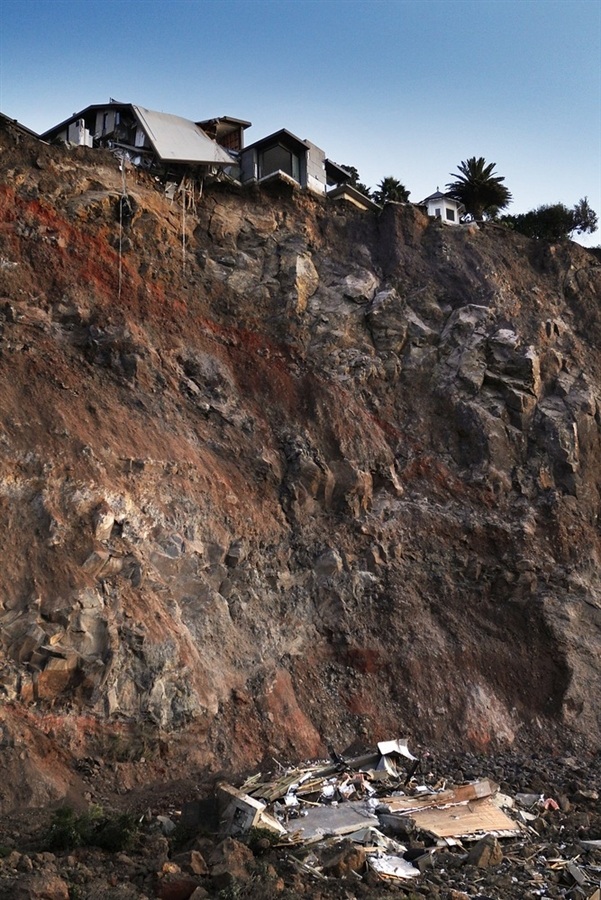
"We are being enveloped with dust," Christchurch Mayor Bob Parker told New Zealand's National Radio. "It is very, very scary."
All across the city, people fled buildings in panic when a 5.2-magnitude quake struck during lunchtime; just over an hour later, a 6.0 hit, according to the U.S. Geological Survey. Other smaller quakes were also recorded.
In the central city and nearby suburbs, several buildings were damaged.
"All the shops have fallen down," said Renee Murray, who works at a Domino's Pizza in a suburb. "Half of the roof has fallen in (but) they have not fully collapsed."

The shallow depth of the February quake and its proximity to the city helped magnify its destructive force.
On Monday, about 47,000 homes in the city's eastern suburbs were without power as they headed into a cold winter night. Rocks tumbled down hills in the area, which was among the hardest hit in February, and slit bubbled up from the earth - a process known as liquefaction that sometimes happens during a quake.
After the February quake, 300,000 tons of silt had to be scraped away, and the silt alone made thousands of homes uninhabitable.
On one road Monday, an SUV tipped front-first into a sinkhole that opened in the tarmac as it drove past. A police car sank into another.
Roger Sutton, chief executive of the Canterbury Earthquake Recovery Authority, said the extra damage to the city center means that some buildings that had been salvageable "are now seriously damaged and will have to be brought down."
The group's demolition manager "was driving (during the 6.0 quake), and there were buildings coming down in front of him, coming down behind him," Sutton said. "He's very lucky to be alive."
Ten people have been taken to hospitals with minor injuries from falling debris, an ambulance service said. Two of them were salvaging windows from St. John's Church when the building's facade, the last wall standing after February's quake, collapsed. Police said they were rescued and taken to a hospital with cuts and bruises.
Another building nearby fell, according to police, and the dean of the city's cathedral said the collapsed building suffered new damage.
"This has been a setback for Christchurch and its people, but it does not lessen our resolve to rebuild," Prime Minister John Key told reporters. "The people of Christchurch should know all New Zealanders are thinking of them and will continue to support and stand by them in this very difficult time."



Reader Comments
to our Newsletter